 These days the games industry is driven by AAA games and their sequels. The cost of game development is increasing exponentially with each generation of hardware, with current gen games sitting at about $25 million per development cycle (as of 2012). Some high profile games are higher, with Modern Warfare 2 said to be around $50 Million, taking into account marketing and and production the final budget is reported to sit around $200 million, on par with a summer blockbuster movie.
These days the games industry is driven by AAA games and their sequels. The cost of game development is increasing exponentially with each generation of hardware, with current gen games sitting at about $25 million per development cycle (as of 2012). Some high profile games are higher, with Modern Warfare 2 said to be around $50 Million, taking into account marketing and and production the final budget is reported to sit around $200 million, on par with a summer blockbuster movie.
It’s increasingly common to hear developers and publishers say that it’s just not financially viable to make anything less than a AAA game or a sequel to an existing franchise. This leads to a homogenization in gaming, with a leaning towards the fast-paced action and FPS games, such as Call of Duty. Capcom’s Head of Marketing Dave Turner explained Resident Evil’s shift to action oriented combat over survival horror was due to a desire to tap into the ‘Call of Duty’ audience, those in need of a quick fix of action. With all these sequels and imitators, it’s easy to see gaming heading down a route that will lead it to become a stale medium, rehashing the same story and gameplay features over and over in an attempt to make some money.
 But there is a beacon of hope in the form of indie games! Games made by small development teams for small budgets that are able to take risks, and as such they are the breeding ground of innovation in the industry today. It’s not hard to see their popularity, Steam, Xbox Live and the PSN are swarming with great games that offer something new, or at least something different. You need look no further than indie behemoth Minecraft to see the huge interest these experiences can generate. As of May 2012, Minecraft had sold 9 million copies over all platforms. First released in it’s alpha stage for free, then later a payed beta and finally full release, fans of the game got to see it as it grew, even having a hand in suggesting what improvements or features they would like to see. This form of development was fresh, and created a personal connection between the player and the game. It resonated with players, both as a game and as a new way of experiencing the industry that previously had seemed so cold and business driven.
But there is a beacon of hope in the form of indie games! Games made by small development teams for small budgets that are able to take risks, and as such they are the breeding ground of innovation in the industry today. It’s not hard to see their popularity, Steam, Xbox Live and the PSN are swarming with great games that offer something new, or at least something different. You need look no further than indie behemoth Minecraft to see the huge interest these experiences can generate. As of May 2012, Minecraft had sold 9 million copies over all platforms. First released in it’s alpha stage for free, then later a payed beta and finally full release, fans of the game got to see it as it grew, even having a hand in suggesting what improvements or features they would like to see. This form of development was fresh, and created a personal connection between the player and the game. It resonated with players, both as a game and as a new way of experiencing the industry that previously had seemed so cold and business driven.
 Not only is there innovation in the games created, but in the distribution as well. Increasingly popular are Humble Bundles. These are collections of indie games available for a limited time, which can be purchased at whatever cost the customer chooses. Of course, this means you can essentially steal them, but the more you pay the more games you get, and the more consumers pay as a collective, the more games are unlocked over time. When paying you also get to choose who receives your money; the developers, Humble Bundle inc., or the partnered charity for that bundle. These bundles have seen huge success, with the most recent one generated $5.1 million with nearly 600,000 sales. at an average of $8.50, getting you 8 games.
Not only is there innovation in the games created, but in the distribution as well. Increasingly popular are Humble Bundles. These are collections of indie games available for a limited time, which can be purchased at whatever cost the customer chooses. Of course, this means you can essentially steal them, but the more you pay the more games you get, and the more consumers pay as a collective, the more games are unlocked over time. When paying you also get to choose who receives your money; the developers, Humble Bundle inc., or the partnered charity for that bundle. These bundles have seen huge success, with the most recent one generated $5.1 million with nearly 600,000 sales. at an average of $8.50, getting you 8 games.
A prolific developer, founder of thatgamecompany, Jenova Chen attempts to explain the lure of indie games saying
“I think you’ll always find more artistic games in the indie circle, because with a smaller team working on a game, it’s more likely to be personal, and when it’s personal, it’s very much the same human condition that the developer had when he was building the game. And if that echoes with your own life, it’s more likely to touch you.”
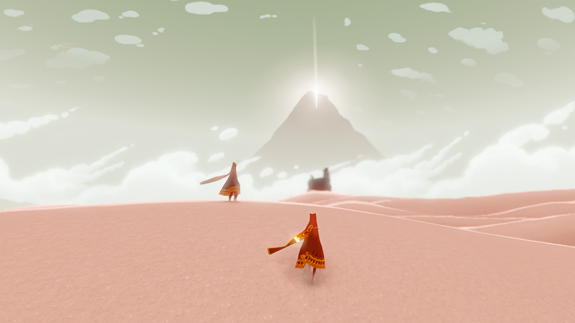 His last project, Journey, became the fastest selling game in the history of the Playstation Network, he explains that Journey could have been a AAA game if a larger team had worked on it, but a smaller team gives a more focused vision. Sure, the character models might have had more detailed, that sand could have moved better but everything that needed to be in the game was.
His last project, Journey, became the fastest selling game in the history of the Playstation Network, he explains that Journey could have been a AAA game if a larger team had worked on it, but a smaller team gives a more focused vision. Sure, the character models might have had more detailed, that sand could have moved better but everything that needed to be in the game was.
Indie games are refreshing. They bring innovation and character to a sequel driven industry, and as it tries to establish itself as a medium this kind of experimentation is vital. Their popularity is undeniable, generating festivals, conventions and competitions, and it’s easy to see why people are beginning to look elsewhere when they want something beyond Mega Brown Death Shooter #72…


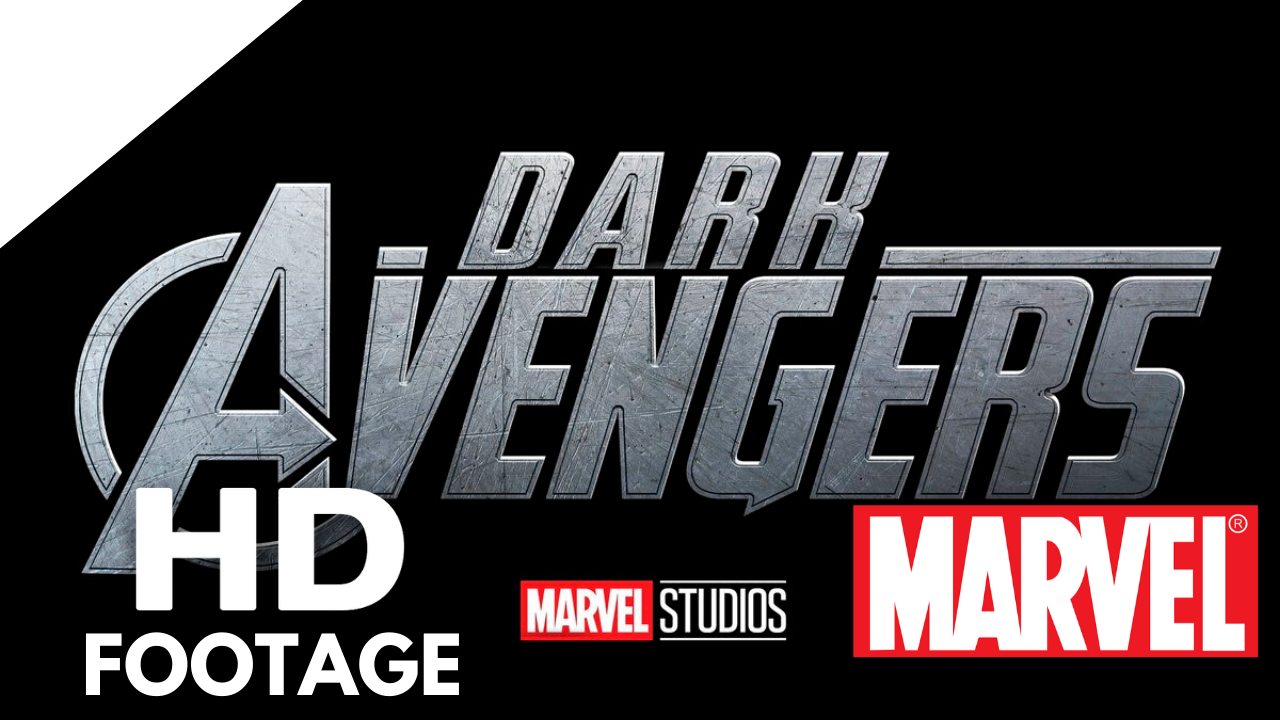





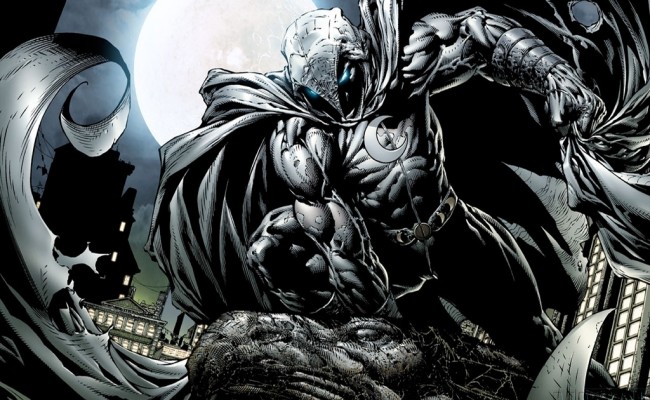
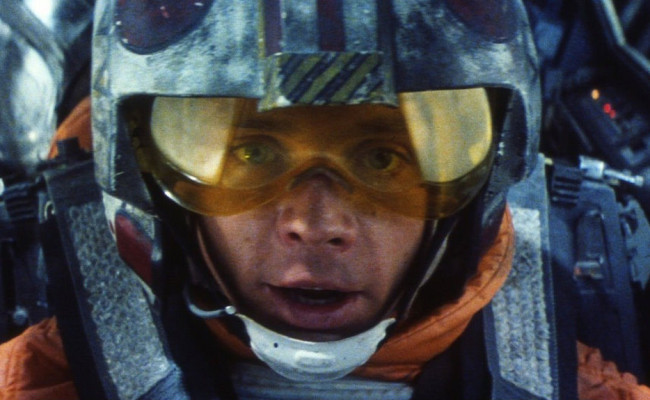
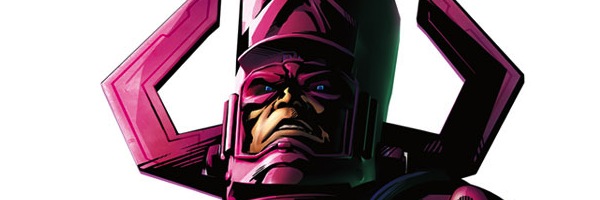

S#!T Talking Central